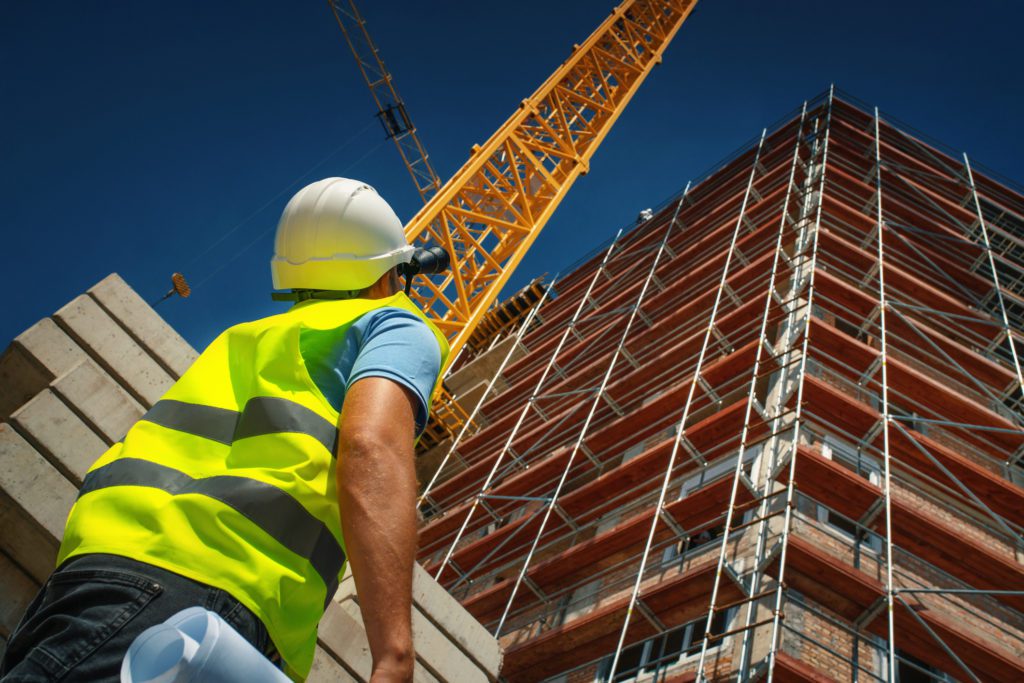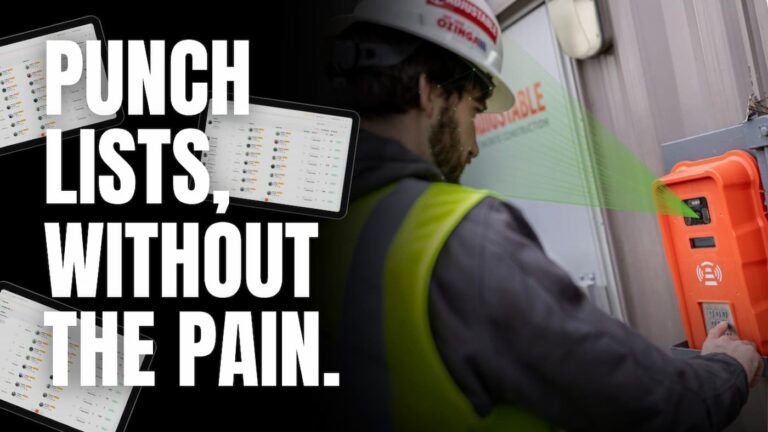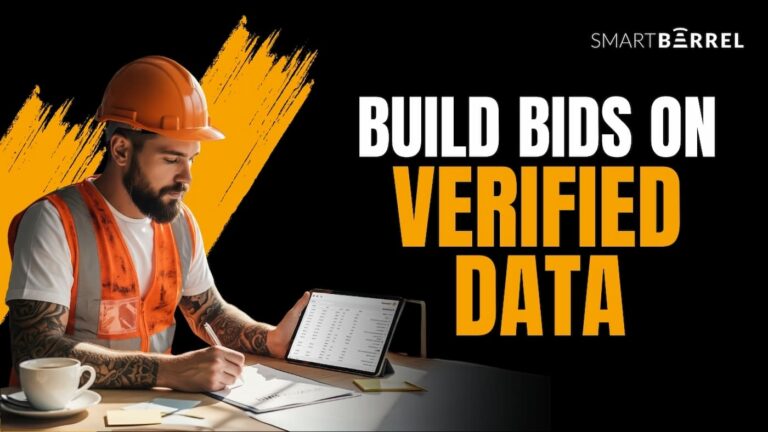The construction industry can be dangerous to work in, rife with hazards that put workers at risk for falls from great heights, injuries from working with machinery and heavy equipment, and electrocution. In fact, the U.S. Bureau of Labor Statistics states that nearly 1,000 workers in construction suffered fatal work injuries in 2020, the highest of any industry.
Regular site inspections throughout initial construction, remodeling, and maintenance are not only mandatory, but can significantly reduce these risks. Conducting inspections ensures that construction sites comply with safety procedures and quality standards.
Here, we’ll look at what an inspection of the construction site includes, the different types of inspections, and how the SmartBarrel device can be leveraged to simplify and streamline labor management.
What are site inspections for construction?
Construction site inspections involve a contractor arranging for the assessment of the proper functioning and safety of a job site. They’re a contractual duty and legal obligation, and involve:
- Ensuring that drawings are error-free, feasible, and safety-compliant when used on site
- Overseeing field testing for products such as concrete
- Verifying whether procedures put in place are working and line up with the project’s plan
- Monitoring that the work being performed and number of laborers on site correlate with the project’s schedule
Once an inspection is completed, the inspector will issue a report. This document demonstrates due diligence and attests to the legal fulfillment of the contractor, showing that the project is on track and that the building’s structural integrity is sufficient.
Why are construction site inspections important?
Here are the reasons why site inspections are a necessity.
Ensures compliance with a project plan and optimal resource use
Inspections confirm that the materials installed and the equipment used are done so in accordance with the project’s design and scheduling plan. This allows the contractor to ensure (and possibly reassess if needed) optimal resource use, so the project owner gets the most out of the money invested.
Helps with identifying risks and hazards
When it comes to construction projects, safety should be one of the top priorities. Site inspections maintain safety and protect everyone working on the project by allowing safety managers to identify and resolve potential hazards.
Common things to look out for to effectively mitigate risk include verifying that:
- Personal protective equipment (PPE) is being worn at all times
- There’s a clear pathway to safely transport equipment and materials
- Tracking is in place for safety incidents and injuries
Encourages communication
With so many hands involved in construction projects, communication and coordination are essential. Arranging inspections and reviewing the results of said inspections can encourage communication, especially if the project’s operations are insufficient and not aligned with regulations and the procedures put in place.
Inspectors are responsible for corresponding with a contractor, communicating anticipated risks and documenting any design or construction issues, as well as the progress made to resolve them.
The different types of site inspections in construction
Here are some inspection types commonly used on construction sites.
Daily site inspections
These inspections are conducted on a daily basis and involve the assessment of:
- The number of workers present on-site
- The equipment used that day
- Any incidents that might have occurred
- If the work completed that day meets quality standards
- Whether the project remains on schedule by the end of the day
Daily inspections can be conducted by project managers, team members, or consultants.
Health and safety inspections
Health and safety site inspections ensure the protection of workers on-site according to standards set by the Occupational Safety and Health Administration (OSHA).
Common standards require checking:
- The presence and risk factor of asbestos
- Sanitation and waste stations like handwashing facilities and toilets
- The safety of electrical systems
- Proper PPE use, including goggles, gloves, and helmets
- The structural integrity of what’s built
- Fall prevention equipment and systems
- The condition of tools and vehicles
- Access control systems
These inspections may be done through third-party audits or externally by a regulating body, but it’s not uncommon for them to be conducted internally by a contractor.
Safety inspections should be done as frequently as possible to ensure that everyone is following regulations. These should be followed by reports, documentation, and a follow-up that demonstrates the safety issues have been addressed.
Building regulation compliance inspections
Site inspections in construction for building regulation compliance ensure that what’s being built adheres to local codes and laws. The frequency and amount of inspections needed can vary depending on how large the project is, but they’re usually done during the following stages:
- Project commencement
- Excavation
- Foundation
- Drain installation
- Primary structure construction
- Insulation installation
- Roof construction
- Project completion
These inspections are usually done by a building control authority or an approved third party.
Monitor your job site with the SmartBarrel device
Site inspections ensure the safe and efficient completion of construction projects. Having sufficient labor management is crucial in the time between inspections. One of the easiest and most effective solutions to simplify labor management is an investment in technology.
The SmartBarrel device is a plug-and-play box that makes labor management simple and easy. Solar-powered, LTE-connected, and weatherproof, it’s suited for job sites of all sizes, whether you’re working on a small residential project or a high rise or commercial project.
Its self-sufficient nature requires no IT department, additional technology, or advanced infrastructure to power and maintain it.
Benefit from features that allow you to monitor your job site from anywhere. Workers check in through a biometric facial verification scan for headache-free clock-ins. Plus, you’ll get accurate time tracking and eliminate the risk of buddy punching.
Safety managers and directors can take advantage of:
- Worker onboarding and orientation, with an acknowledgment of safety training and access to emergency contact information
- Accurate daily logs
- PPE tracking and verification through biometrics
- Incident reporting
- Broadcasting tools to communicate egress updates and alerts
- Document and certification tracking
Know exactly who is on your job site—and when. Access control only allows approved guests in.
Looking to improve how you monitor your job site? Book a demo with SmartBarrel today!




